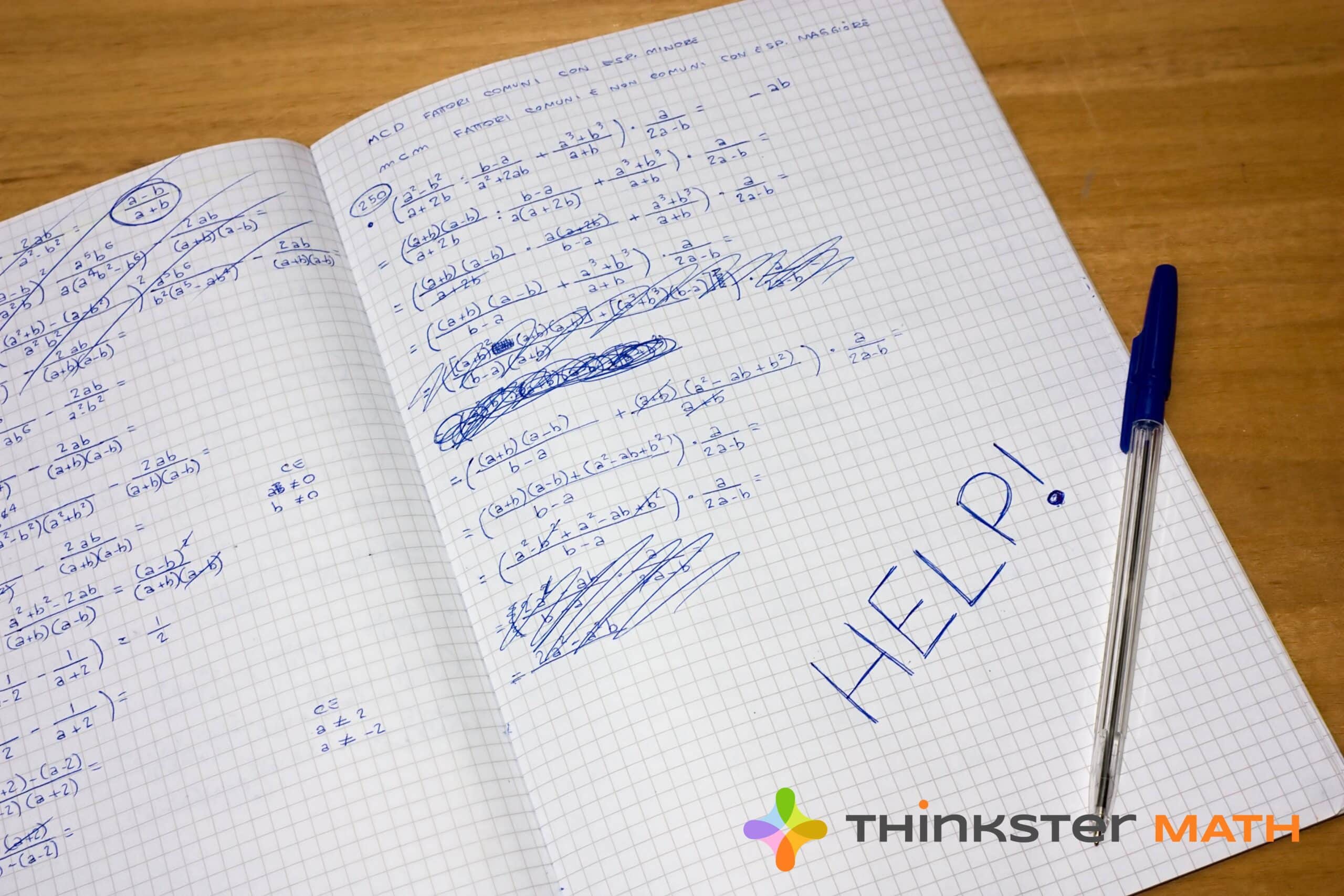
Algebra 2 Common Core 1 Student Edition
Algebra is a vast subject in mathematics. It deals with the rules and procedures used in manipulating mathematical symbols. It is the unifying thread of almost all other subjects. Here are some things you should know about algebra. In this article, we’ll explain the basics of algebra and give you some examples to help you along the way. Read on to find out what this topic is all about and how you can apply it in your own life(Algebra 2 Common Core).
Algebra is a valuable tool that students use everyday
It is so widely used that hardly any line of work does not employ some aspect of the concept. It prepares students for many aspects of life. For this reason, the concepts in Algebra are so important. For this reason, it is imperative to learn the subject well. In addition to being an essential part of your educational preparation, algebra also prepares you for a wide variety of jobs.

In Algebra, variables and constants are used to make equations. Each of these is balanced with a variable. This unknown number can be represented by any letter of the alphabet. In each equation, the variable must have the same value as the constant. These variables and constants are linked by symbols. The symbols used in algebra are listed below. Listed below are some examples and their meaning. If you need a quick reference guide, this article will be of great help.
Despite its name, the fundamental concept of algebra is rooted in mathematics
It is a science that explores the relationships between different types of numbers. By using a set of algebraic expressions, students can solve problems with greater ease and confidence. In mathematics, we call these algebraic expressions polynomials, and they can written as complex numbers. For example, a simple equation with just two variables called a monomial.
Another example of an algebraic expression is a polynomial. A polynomial is a mathematical function that has multiple elements. In addition to the three types of numbers in algebra, a variable can be any letter of the alphabet. These two types of equations often referred to as “polynomials”. They are mathematical functions that have non-negative exponents. If a number is complex, it is a multinomial.
An equation can be made up of one or more variables
For example, a polynomial is an equation that has two variables and two constants. A polynomial is a mathematical structure that can explain the behavior of different kinds of numbers. Its characteristics include a variable that is unknown and a constant that is a fixed value. Once you’ve mastered the basic definition of algebra, you’ll be able to apply it to solve other problems.
The structure of an equation can be an equation that has two variables or a constant that is a known number. A variable may be any letter of the alphabet, but it must have a fixed value in order to be a valid expression. For example, a variable may be a positive or negative integer. If a polynomial is a ring, the variable is an integer that has no identity. If a ring has a single negative identity, it is a non-negative polynomial.
An algebraic expression is a mathematical expression that consists of two variables
A variable is a digit that is unknown and has an equal value in all of the equations. A variable can be a single digit or it may be a number that has a negative value. This type of expression is a polynomial. It has a zero-valued coefficient. Consequently, it is a number. It can expressed in any manner.
An equation balanced by a variable. A variable represents an unknown number. It can represented by any letter of the alphabet. It is also a constant. A constant is a number that has the same value in the same equation. A constant is a variable. It often represented by a letter of the alphabet. A variable is a key component of an equation. A number that is not in a certain place in an equation is not a valid answer.


Comments (0)